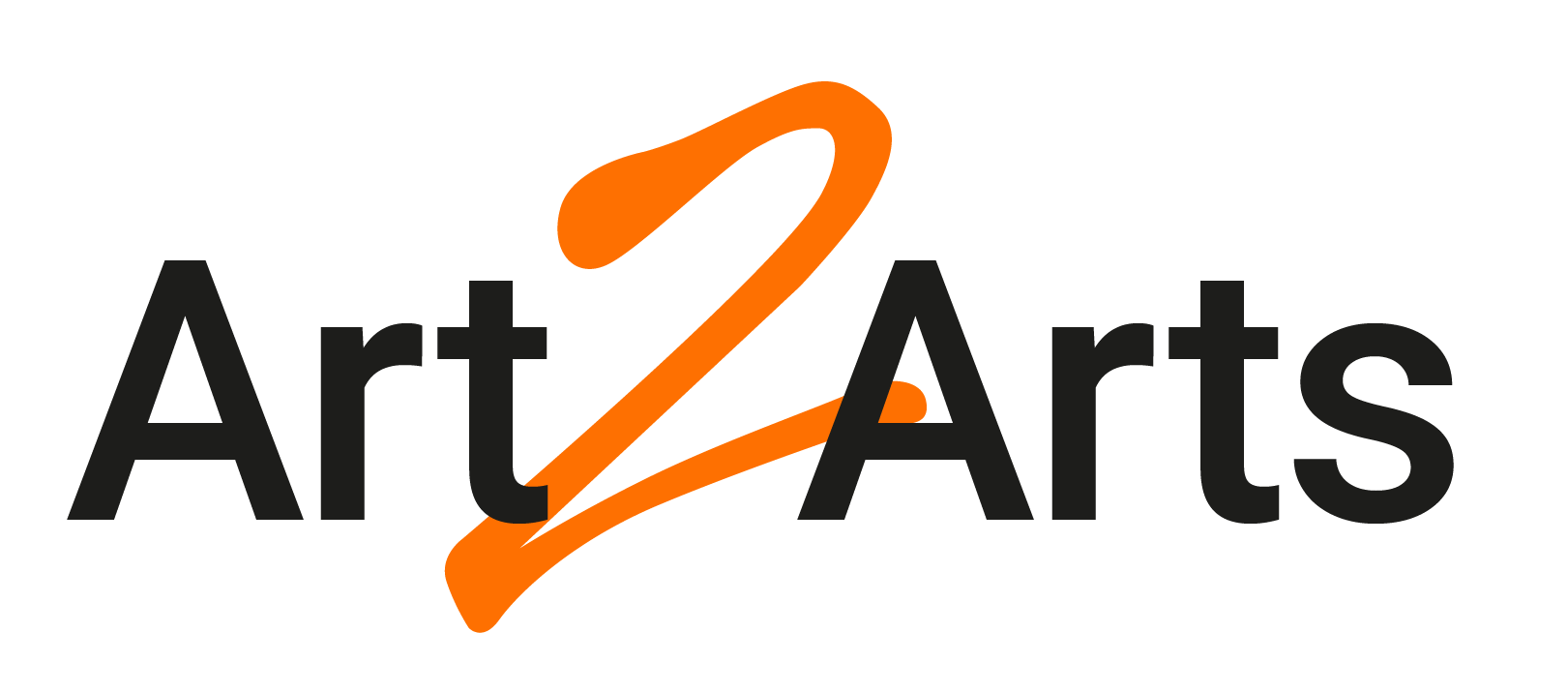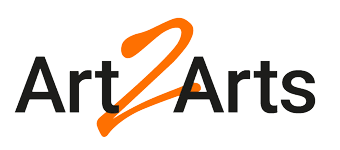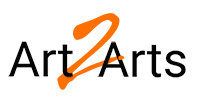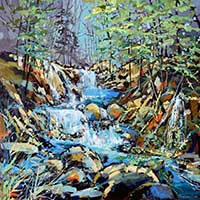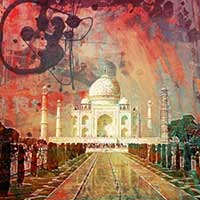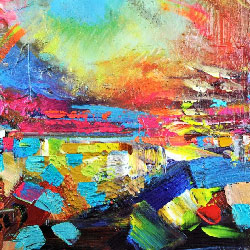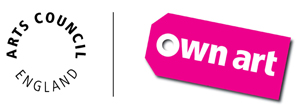In order to give you the best browsing experience our website uses cookies. By using our site, you are accepting our use of cookies. Please see our privacy policy.
Original Print vs. Prints
There is a grey area in art when it comes to the term prints. The word 'prints' in itself leads you to assume that there is more than one of something. It leads you to believe that they are copies, but this isn’t always the case. This article hopes to clarify the grey area between prints and original prints, to ease the mind of the buyer and relieve the stress of the artist
To start with, what is an original print?
Before digital media came into the equation an original print was a print created through the process of engraving, aquatint, drypoint, etching, silkscreen or wood block printing. One print made in each way is an original, but so are multiples made in a short, limited edition runs. How can this be the case?
To put it simply, all prints made in this original fashion are just that, they are originals: each printed individually, each ever so slightly different from the last. They each have their own nuances, perhaps more pressure was used on one section on one print that wasn’t on another, or a shade of blue didn’t soak into the paper in the same way on one print as another. Originality doesn’t mean totally different from all others, it means the only one of its kind.
So how does this work in a digital age? Can digital prints be originals?
Of course they can. Digital techniques are an extension of where we began. Programs such as Illustrator or Photoshop have all the possibilities of traditional techniques, plus much, much more. You can now incorporate photographic images into digital images you have created, or crop, paste and erase, all at the touch of a button. Images can be built up layer by layer, each element worked and reworked until the artist is completely happy. Does the fact that the image comes out of a printer make it any less original? No.
If printed images are originals, what are prints?
Prints come in two forms, the first is mass production. Mass produced copies of the same image are prints but they are in no way original. They are usually sold at a fraction of the original price, which is usually the first tell-tale sign. So how to you tell a print from an original print?
The second form of prints is an imposter: a print disguised as an original. Developments in technology have given people the ability to replicate and manipulate prints to make them appear original. To the untrained eye, digital reproductions of original watercolours or oil paintings can appear authentic thanks to the high quality printing available and the inclusion of smaller details such as the date and artist’s signature. The best ways to spot a print are to speak to the artist first hand, ask to see other works and discuss technique and materials. Alternatively seek out a reputable seller. Do your research and you shouldn’t go too far wrong.
Hopefully after reading this the grey area between original prints and prints is a little less cloudy. Just remember, just because something isn’t the only one its kind, it doesn’t make it any less original. At Art2Arts.co.uk we sell original prints, but not prints!

